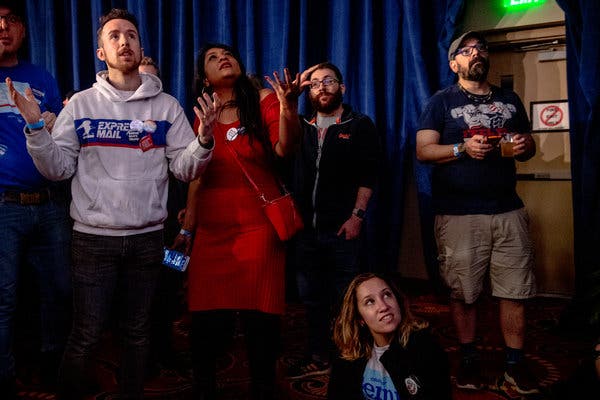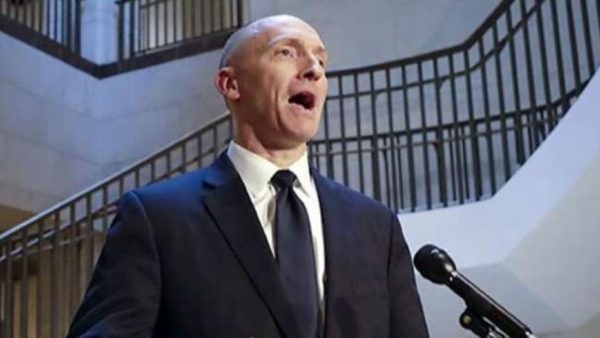
MinnPost photo by Peter Callaghan
February 11 is when the Minnesota Legislature reconvenes for a less-than-four-month session.
America started the 2020 election early — like in 2017 — so let’s make up for it and start our look at the 2020 Minnesota Year in State Politics late, as in February, because:
February 11 is when the Minnesota Legislature reconvenes for a less-than-four-month session. According to the state constitution, they can’t meet later than May 18 (“the first Monday following the third Saturday in May”) and the House and Senate will certainly hang around for most of the allotted time because, well, they can.
But a bigger question might be, why? The state budget is in balance. There is a surplus of $1.3 billion and a rainy day account at a record $2.36 billion. The Legislature remains split between a GOP-controlled Senate and a DFL-controlled House so retains the balance of terror that kept most bills in political suspended animation.
No crisis. No majority. No chance. Instead, what’s likely to result is 14 weeks of trying out campaign themes, where both parties roll out their bills knowing they won’t pass but being able to show their constituency groups that they’re trying.
Want them to pass? Leaders will ask. Help us get the other house come November. If they are extra lucky, the other party will say something silly or reckless about the issues that will likely arrive in a mailbox come October or so.
Perhaps only an emergency insulin act and a bonding bill have much of a chance of becoming law, but even those issues could fall into the maw of partisan politics. Looking at bonding: state budgetary guidelines say that a measure to borrow money for state and local construction projects can spend up to $3.5 billion, and some legislative DFLers think that much is needed. Gov. Tim Walz has only said he wouldn’t go that high. Senate GOP leaders, on the other hand, have suggested that something a bit north of $1 billion might be as high as they are willing to go.
Which will give them lots of time to think about the real work of the winter, which begins on February 25 when both the GOP and DFL will hold precinct caucuses in schools and churches and meeting halls around the state — more than 4,000 of them. There, adherents of both parties will gather to talk politics and choose delegates to district, county and state conventions. In districts with intra-party battles for the Legislature, the caucuses could decide party endorsements. But unlike past presidential cycles, the caucuses won’t be used to begin the process of divvying up the two parties’ delegates to national conventions.

MinnPost file photo by Brian Halliday
Both the GOP and DFL will hold precinct caucuses in schools and churches and meeting halls around the state on February 25.
That will be done on March 3, when Minnesota joins Super Tuesday — and modern American politics — with its first presidential primary since 1992.
To avoid the chaos that both faced on caucus night, 2016, the party chairs agreed to abide by the results of an actual election, that is of course if they were allowed to decide most of the rules. To that end, voters must sign a pledge that they are adherents of the party and be willing to have their names, addresses and other contact information provided to all parties. Republicans will award all delegates to whichever candidate wins a majority of votes at the primary. And since Donald Trump will be the only name on the GOP ballot, he will get 39 delegates. Democrats have proportional distribution, though a candidate must get at least 15 percent of the primary vote to get any of the state’s 92 delegates.
The choice of date will either prove to be a great idea or a bad idea, depending on how much national attention — from candidates and news media — it can wrestle from bigger Super Tuesday states like California, Massachusetts and Texas. Only four states will have held delegate selection events before Super Tuesday, but 15 primaries will be held on that day. By the end of March, more than 50 percent of delegates will be spoken for.
Which Minnesotans get to serve as delegates will be decided by the parties, culminating for the Republicans on May 15-16 at the Republican State Convention in Rochester. Given that the Trump campaign considers Minnesota a swing state that he came close to claiming for the GOP for the first time since 1972, expect a lot of national GOP stars to be at the Mayo Civic Center for the event. The party will also decide endorsements for the U.S. Senate race against U.S. Sen. Tina Smith.
The state DFL will also be in Rochester when it convenes on May 30-31 for the DFL State Convention. Like the GOP, it will consider platforms and resolutions but won’t have much in the way of endorsement fights that made the 2018 Mayo Center event so interesting. They will, however, select the actual delegates who will represent the state in neighboring Wisconsin on …
July 13-16 for the Democratic National Convention in Milwaukee. The party out of power traditionally goes first and Democrats could still be deciding which candidate to nominate at that late date. As has become expected, parties try to wring any drama out of their conventions so as to use whatever coverage they get to parade their stars before cameras and air a four-day infomercial about why they should win in November. Both parties will have something else to worry about between the DNC and the RNC, at least in Minnesota.

REUTERS/Mark Kauzlarich
The Democratic National Convention in Milwaukee will run from July 13-16.
That something will happen on August 11, when Minnesota conducts its primary election. While primaries can be a test of party strength heading into the general election, the bigger story this election might be whether intra-party battles reveal a split between more left-leaning DFLers and incumbents. In some cases, ideological — and generational — challenges have pushed incumbents to retire. But in others, they are defending their seats against challengers who think they are too moderate or too accommodating with the GOP. All will be forgotten once the votes are counted, however, leaving Democrats ready to get fired up for the general election.
But first, they’ll have to turn attention over the GOP. From August 24-27 in Charlotte will be the Republican National Convention. Barring some dramatic change of circumstances in the U.S. Senate, President Donald J. Trump will still be in office and will be ordained as the nominee for a second term in office. Republicans hope to have even less unpredictability than Democrats did in July though both will draw protesters from around the country and the world who will fill designated protest pits outside the convention halls. While the campaign began months and months ago, the first official event of the general election will come on …
September 29 in South Bend, Indiana for the first presidential debate. The presidential nominees will debate again on October 15 in Ann Arbor, Michigan and on October 22 in Nashville. The vice presidential debate will be held October 7 in Salt Lake City. The election will build to a climax on …
November 3 when America will hold its General Election for president, 33 U.S. senators, 435 members of the House, lots of governors and hundreds of state lawmakers.
Phew.

